Last updated: June 7, 2023
Article
761st Tank Battalion: The Original Black Panthers
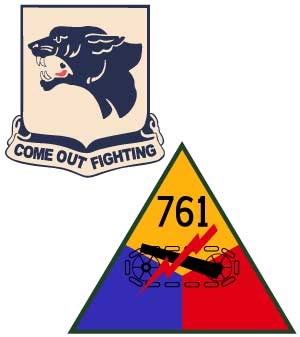
The 761st Tank Battalion
Long before the superhero Black Panther made his debut on the silver screen in 2014 alongside the first Avenger, the original Black Panthers were unleashed in the European Theater of WWII in 1944. The African American 761st Tank Battalion, better known as the Black Panthers, arrived in Normandy, France in October 1944 and entered combat shorty after their landing. They would endure a record 183 straight days in combat and would liberate 30 towns on their crusade into Germany. Before they became the first African American tankers in the U.S. Army to see combat though, their quest began back home in the deep south where some of their first battles were with white comrades and civilians who were reluctant to accept them as equals.
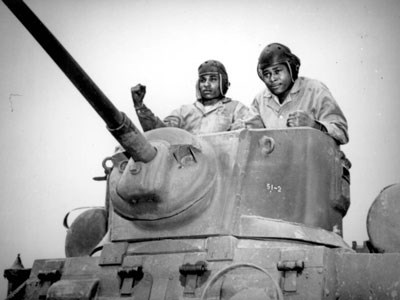
National Archives
Training
The 761st was formed in early 1942 in Louisiana. The battalion was eventually moved to Camp Hood, Texas, where they would train for over two years. The men trained in M4 Sherman medium tanks and the M5 Stuart light tank. Although their extended training was more so the result of Army commanders not willing to give African Americans the chance to prove their worth in combat, the extra training would prove invaluable when they engaged German armor in combat. Once on the battlefields of Europe, the 761st set out to prove they were just as good, if not better, than their white comrades.
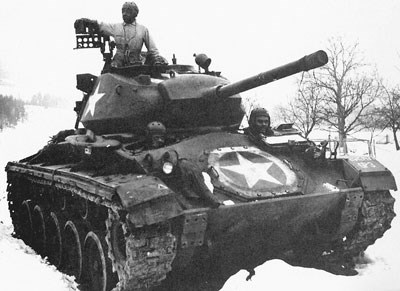
U.S. Army
Off to War
Upon arriving in Normandy, France in late 1944, the 761st was assigned to Patton's Third Army. Patton, himself a skeptic of African American tankers in combat, would wind up welcoming the 761st into his Third Army and motivated them with a rousing speech right before they set out to engage German forces. As they fought their way into Germany, the 761st would participate in four major campaigns through six countries, all the while earning several battlefield commendations and honors. From the time they entered combat until the end of the war in Europe, the men of the 761st received seven Silver Stars, 246 Purple Hearts and 1 Congressional Medal of Honor. The battalion would play a major role in the infamous Battle of the Bulge as they successfully countered the German's last-ditch offensive. The 761st helped break out and rescue the encircled American army in the town of Bastogne.
By the end of April 1945, the 761st would be one of the first U.S. battalions to meet up with Soviet forces. On April 26th, 1945, the 761st rendezvoused with the Red Army in Steyr, Austria. The convergence of the Russian and U.S. armies split the final remnants of the German army in two, hastening an end to World War II in Europe.
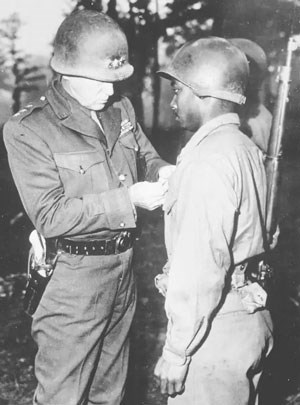
National Archives
Victory Europe
VE day (Victory Europe) on Tuesday, May 8th, 1945 officially ended hostilities in Europe. The 761st would remain in Germany for another year before being deactivated on June 1st, 1946 and sent home. Although these Black American heroes fought just as courageously as their white comrades, their homecoming receptions were not the same parades filled with streaming ticker tape and grateful open arms. More often than not, returning African American soldiers were greeted with renewed skepticism, disdain and even overt hostility. It would be another three years until the U.S. armed forces began to integrate when then-President Harry S. Truman signed executive order 9981 on July 26th, 1948.
Come Out Fighting!
So, when you flip on your television or stream a superhero movie and enjoy today's version of Black Panther, remember the story of these original American superheroes who took the European Theater by storm in 1944! They valiantly and heroically fought for our great country so that the world could be freed of villainous Nazi tyranny and oppression! It's time to celebrate their story and bring it to the forefront. The 761st Tank Battalion, Black Panthers. COME OUT FIGHTING! HU-Ahh!!!
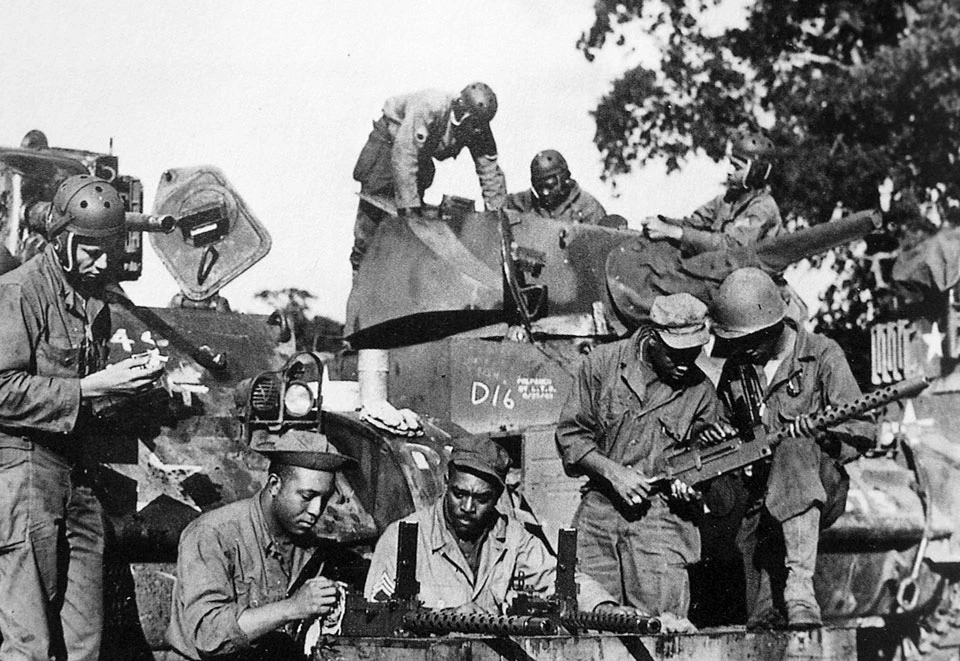
U.S. Army
